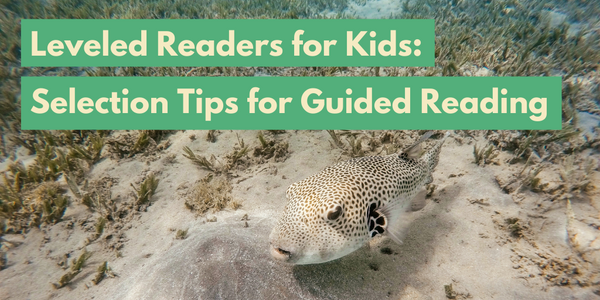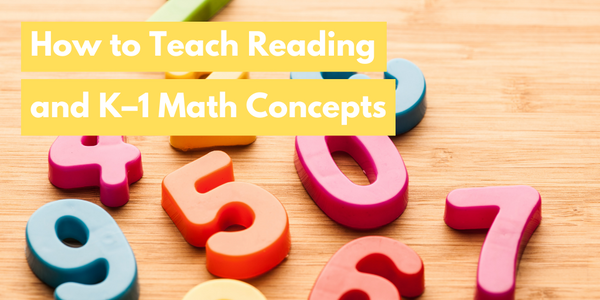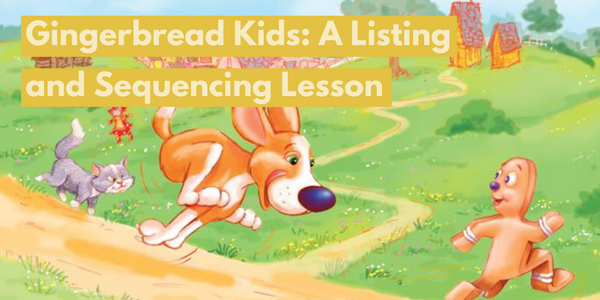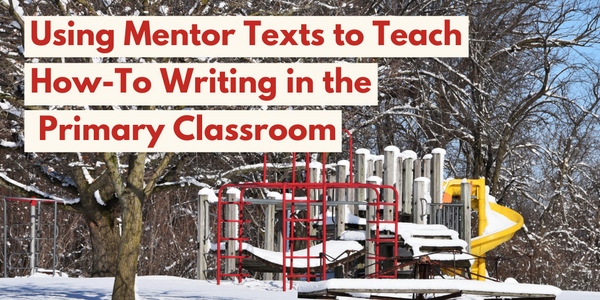by Paula Dugger, M.Ed.
As a teacher and reading specialist, my goal has always been to help each student become a fluent reader. It takes time to learn how to read and to develop fluency. Learning how to read can be compared to putting a puzzle together. T he five components of reading—phonemic awareness, phonics, vocabulary, fluency, and comprehension—are like puzzle pieces. Each piece is essential in creating the complete picture, or in this case, a fluent reader. If you leave one piece out, the puzzle won’t be complete.
Early in my career, I had a group of fifth-grade ESL students (whose first language was Spanish) in a reading pull-out program. While the words they read from the text were highly accurate, there was no phrasing. The students were “reading” very fast without pausing for or even noticing punctuation. On paper, their reading levels were high based solely on their level of accuracy at decoding words. However, when I began to ask comprehension questions, their “high” reading levels, based on accuracy, began to drop dramatically. Reading is being able to decode print while understanding a message.
These students had excellent phonics skills. They were able to decode very quickly but lacked the important skill of fluency, which leads to the understanding or comprehension of English texts. Thus, not all the pieces of the puzzle were in place for these readers.
So how do we change fast decoders into fluent readers? This blog will take a look at how phonics and fluency instruction, when combined, will produce meaning or understanding for the reader.
What is reading fluency?
Reading fluency is something you can hear . When I listen to a child read, I want their reading to be phrased with expression and intonation and sound like talking. Just recognizing or saying words quickly is not enough. When I hear fluent reading, it is a signal that the reader can accurately decode and recognize words on the run while comprehending the text. Fluency provides the link between word recognition and comprehension and allows the reader to attend to the meaning of the text.
When teaching fluency, I prompt readers to reread sentences and encourage them to make it sound like they are talking. It is important that they know what fluent reading sounds like, so, as a teacher, I often model sentences/passages and have students read and reread the same sentences until they sound fluent. Prompts such as, “Does that sound like talking?” or “How did that sound?” or “Can you read that again and make it sound like talking?” are very helpful. Eventually, students will begin to ask these questions internally to check on themselves.
What is phonics?
Phonics teaches students the relationships between letters and sounds. It teaches readers how sounds, when put together, form words and how parts of words can be grouped and easily recognized in other words. Eventually, this understanding takes the reader from recognizing words during reading to spelling words when writing. To become a fluent reader, one must be able to decode new words accurately but do it with automaticity that is phrased with expression. The brain can focus more closely on the content of the text when the reader can recognize words with automaticity.
I remember as a child when I first realized I could not only read but write the word visit . As I attempted to “sound out” this unfamiliar word using the skill I had been taught, I started with the /v/ sound and then instead of attempting the next four letter sounds individually, realized I could see the words is and it , “v-is-it.” It was much more efficient for me to see bigger “chunks” in this word than to attempt the five individual sounds. From then on, when faced with an unfamiliar or unknown word, I would begin searching for something I knew to help with something I didn’t know, along with thinking about what would make sense. Of course, as I begin to encounter the word “visit” more often, it was easily recognizable and became a word I recognized by sight.
Let’s look at some ideas for helping children develop decoding skills that will help with fluency when reading.
Teaching readers letter-sound correspondence

Some of the best tools I use to teach letter-sound correspondence are Hameray’s Letter Buddies Letter Books and Letter Buddies Starter Books . Each letter book highlights a letter (except for the combinations of QU, and XYZ) with pages of vocabulary words beginning with the letter(s) and supported by a color photograph to help provide a decoding clue. The vocabulary words are then used in context with the accompanying starter books. I find these books to be motivational and a way to reinforce beginning sounds and utilize these vocabulary words in context. The text also is supported with repetitive text that helps promote fluency.
In addition, if you want an effective way to teach consonant blends, Hameray has Letter Buddies Blend Books and Letter Buddies Best Friend Books that help teach 22 common blends. The books are used in the same way as the letter and starter books mentioned above. Teaching blends in the context of words is so much easier and gives students something to help them link specific blend sounds when faced with new words.
Teaching readers how words work
Magnetic letters are an easy way to show students how words work by helping them create links from the unknown to the known. The magnetic letters allow readers to see and manipulate letters that are represented by sounds.
Showing the reader how word parts can be used to help in decoding other words is a more efficient way that can help free up time often spent on processing to concentrate on meaning. Encountering unfamiliar or new words can be less worrisome for readers when they have a strategy rooted in phonics to help decode words on the run to maintain meaning.
For instance, to is a high-frequency word that is often recognized and read by most beginning readers. It is often a part of other words that can be daunting for a beginning reader. Words such as today , tonight , tomorrow , tooth , and together are a few words that begin with to . Helping students recognize something they know might help them with something new in the future.
Here is an example of a mini-lesson I might use to teach the above concept. Using magnetic letters place the letters on the board and say, “This is the word ‘to’. Say it as you run your finger under it.”

“Now look at this word (today) and find the word ‘to’ in it. Pull the word ‘to’ apart from the word. Do you know that word? Yes, that’s right, ‘day.’ (Or if incorrect I would say ‘Good try.’ That word is ‘day.’) Put them back together and read the word.”

“Sometimes when you come to a new word, think about what would make sense and look to see if you know anything that will help you say the word. Both of these words start with ‘to’. ”

Now show the student(s) how to use this concept in the text. Prior to introducing a book that may contain unknown or unfamiliar such as together , I would do the above mini-lesson to see if the student can apply it in a running text that has just been taught. Pulling out the new book for the lesson, Ben and Ruby from the Kaleidoscope Collection , I would give a short book introduction such as “ Find out what Ben and Ruby can do together!” Then turn to a page in the book and have the reader(s) search for the word together and say, “ The word together appears on each page of this book. See if you can find it. What do you think this word would start with (‘t’ or ‘to’)?"

Continue to reinforce students when they get “stuck” on a word while reading the text by prompting:
- “Do you know or see anything that might help you?” (could be word or pictures).
- “Start the word and think about what makes sense.”
Remember to teach phonics skills, especially letter-sound correspondence, alongside fluency, so that it will help the reader comprehensively comprehend the text. Readers need to understand that reading should be phrased with expression and sound like talking. Thus, it is important to think about what the text is saying and, when encountering new or unfamiliar words, use things they already know about words to help them decode or figure out the word so that it makes sense.
Continue to visit the Hameray Literacy Blog for more instructional tips to enhance your teaching!
~~~

Paula Dugger has a B.S, M.Ed., and Reading Specialist Certification from The University of Texas at Austin and Reading Recovery training through Texas Woman’s University. A former first grade teacher, reading coordinator and Reading Recovery Teacher Leader, Paula has served as an adjunct professor at Texas Woman’s University and Dallas Baptist University teaching reading classes for current and future teachers. She also does educational consulting and training through Dugger Educational Consulting, LLC, in addition to writing blogs and early literacy books for Hameray.
Her longhorn cattle are featured in her first book published by Hameray Publishing group, Longhorns . She has authored six additional titles in the Kaleidoscope Collection — Ben & Ruby , Buttons , Cowboy , Dinner , Going Up and Down , and Round, Not Round .
~~~



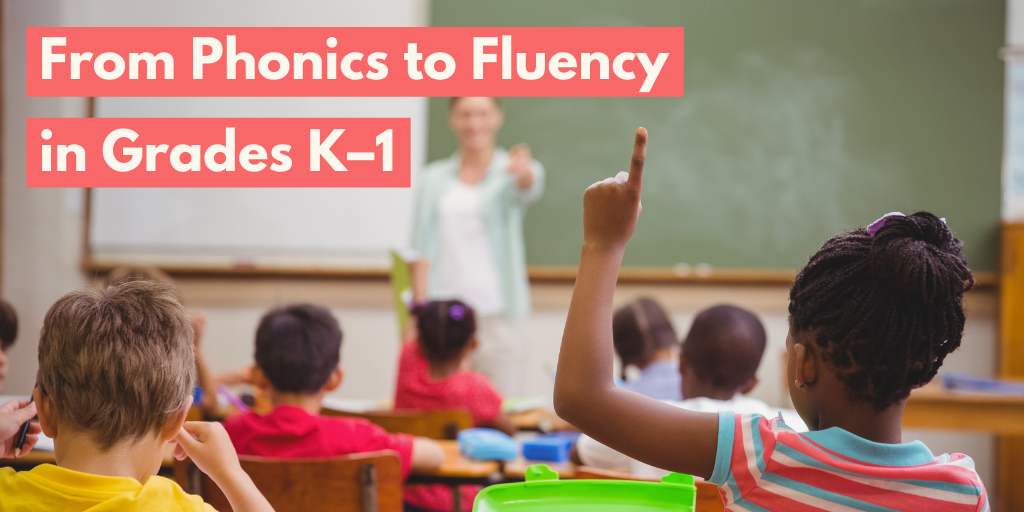
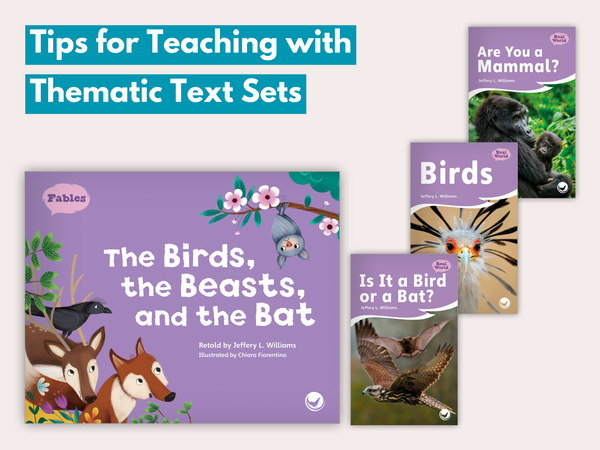
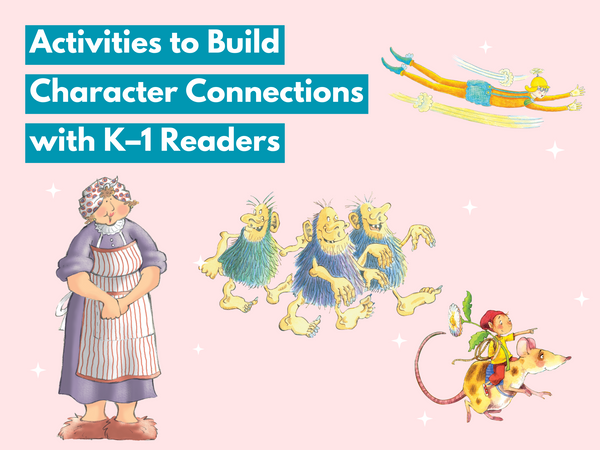
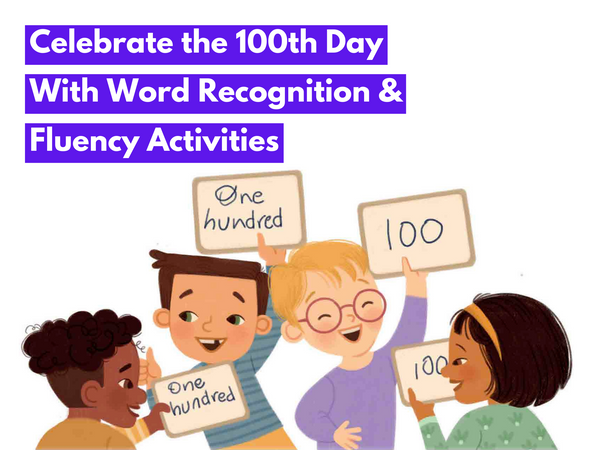
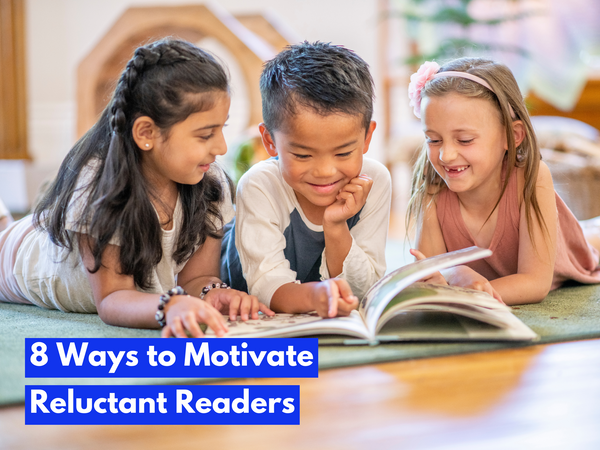
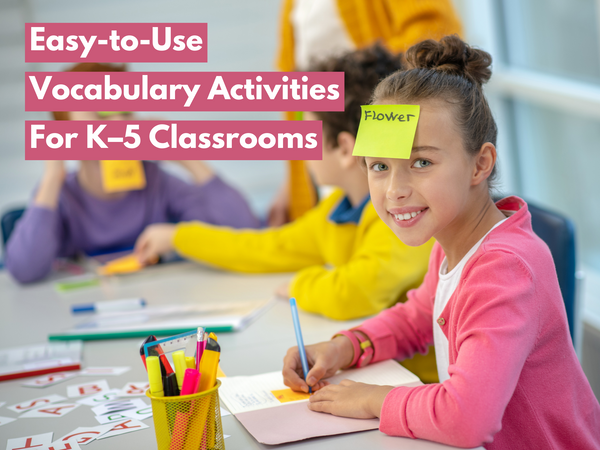
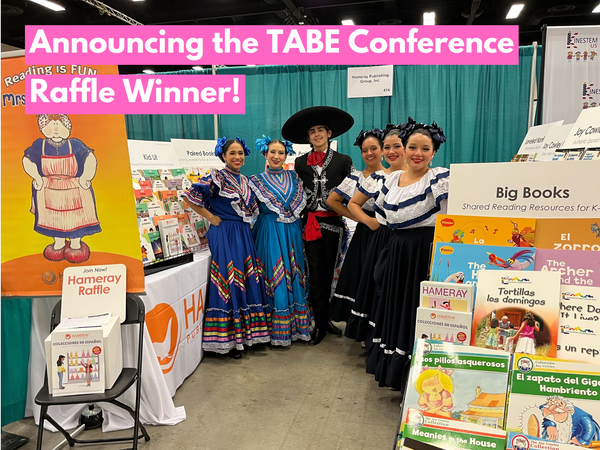
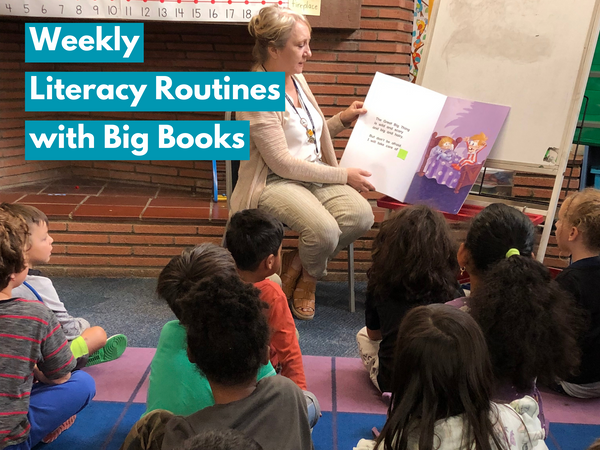
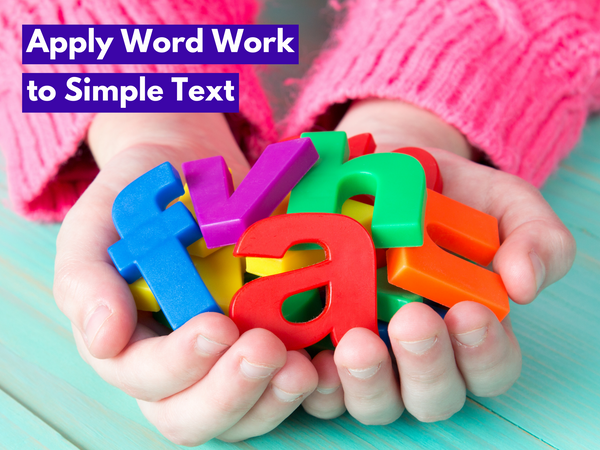
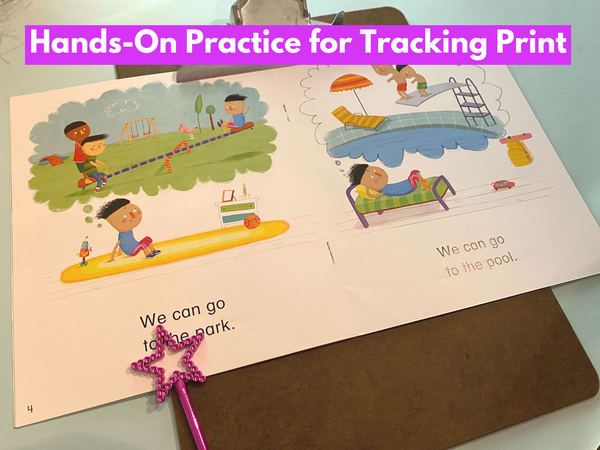
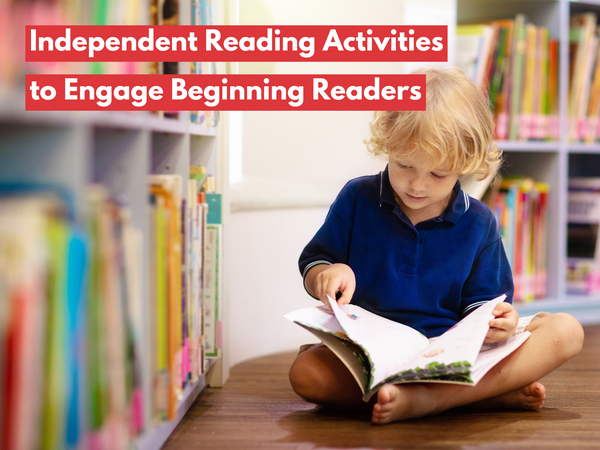
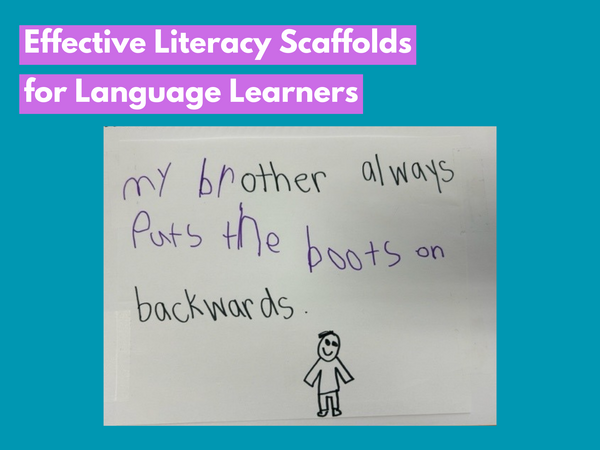
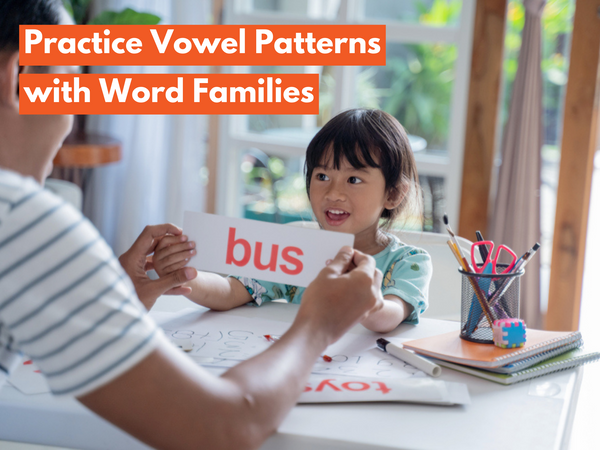

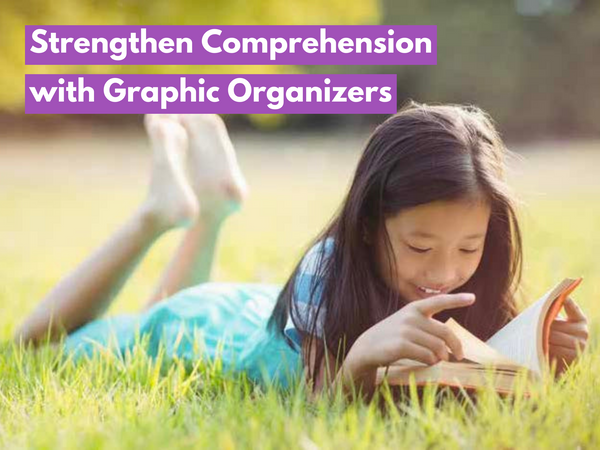
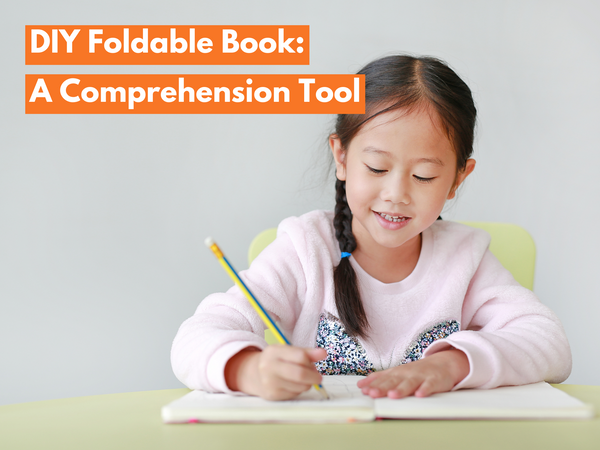

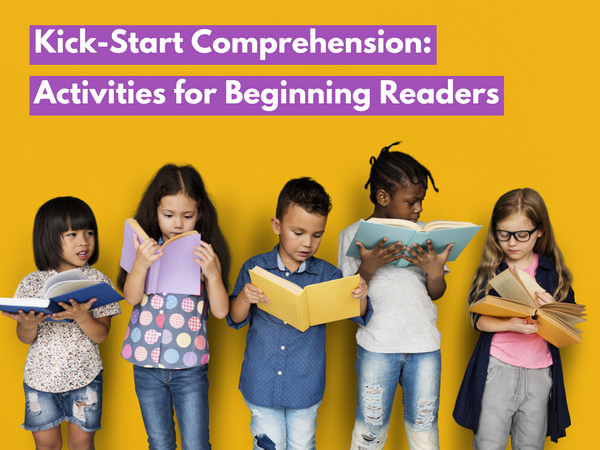
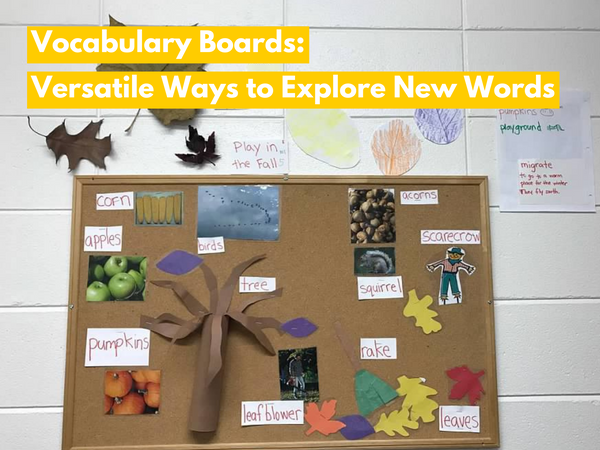
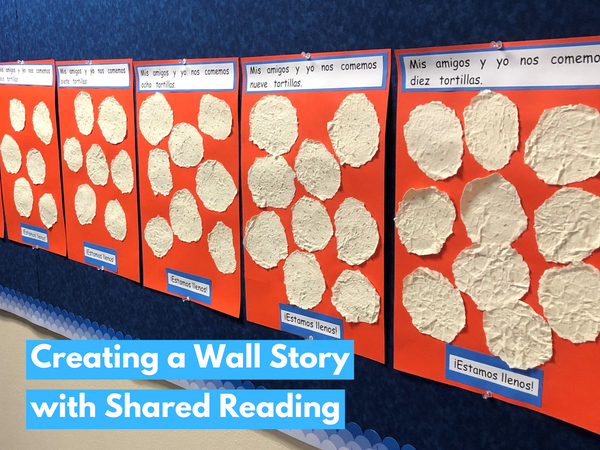
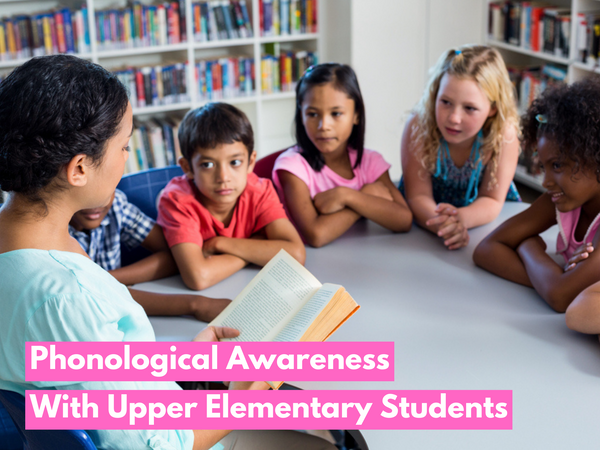
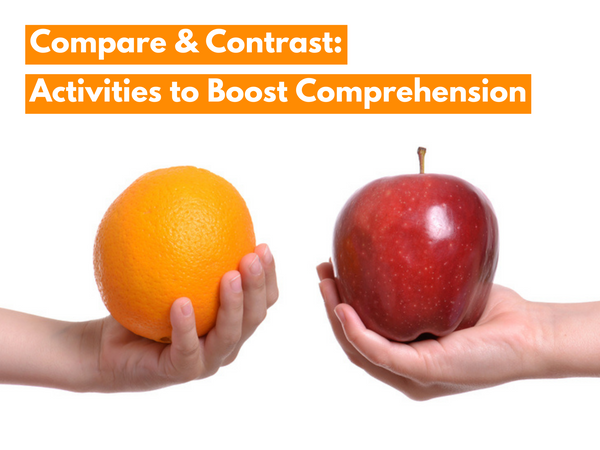
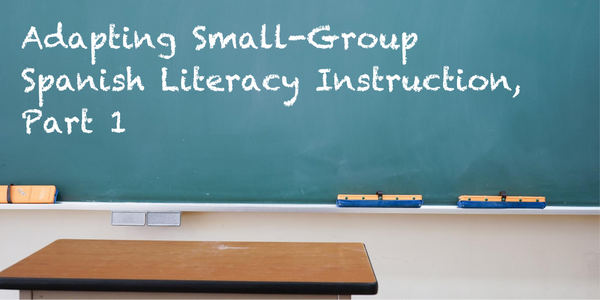
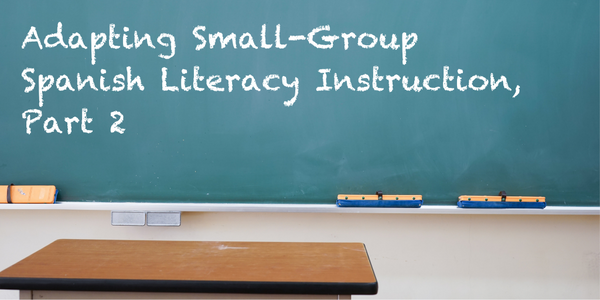
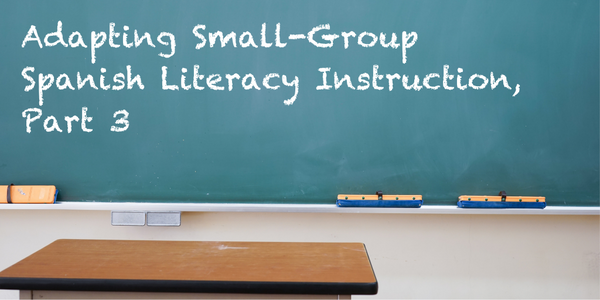
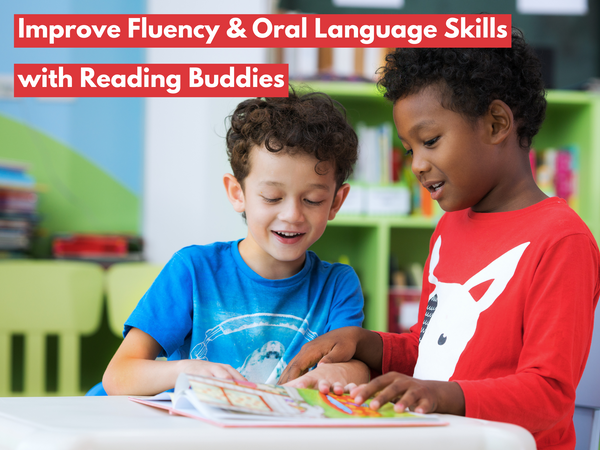
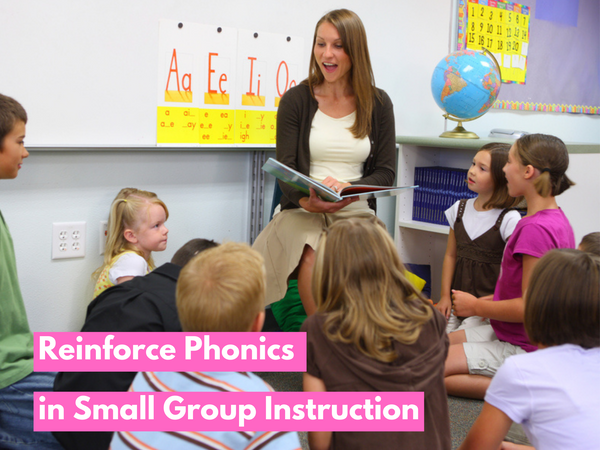
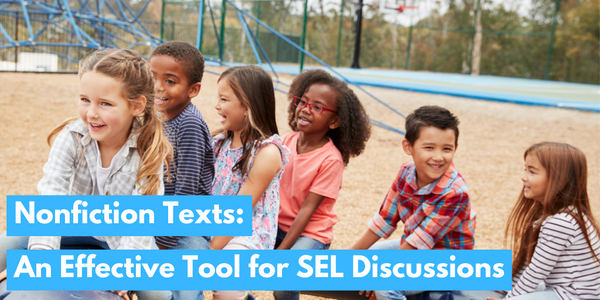
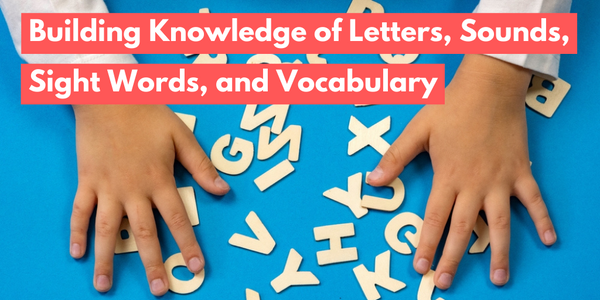
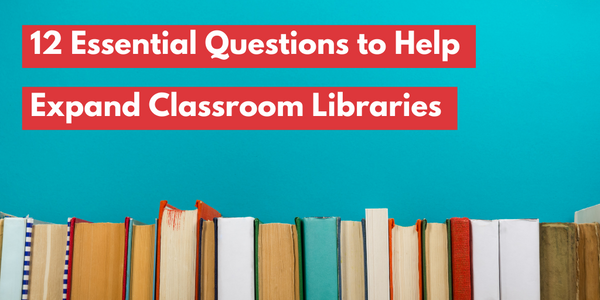
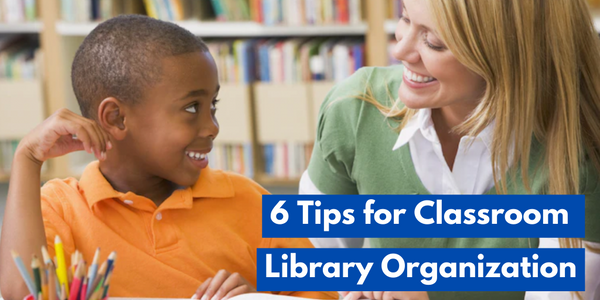
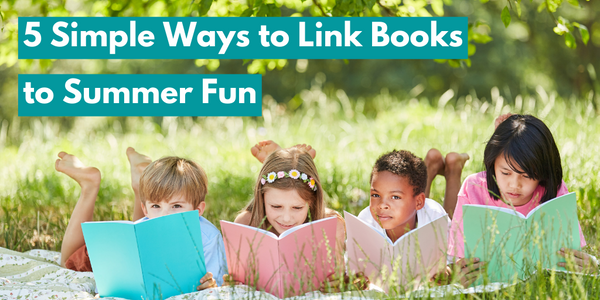
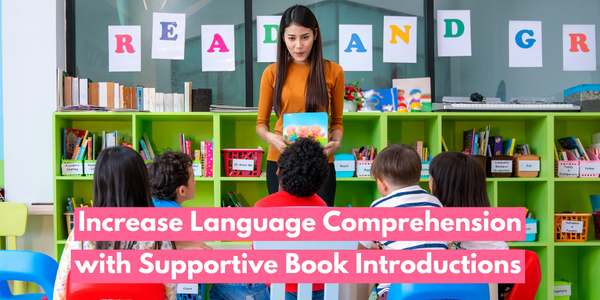
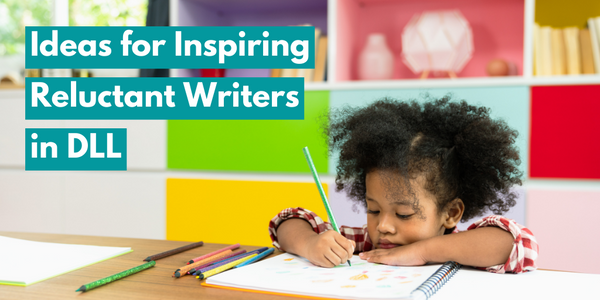
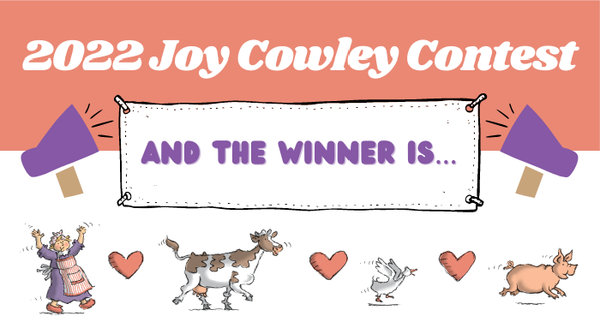
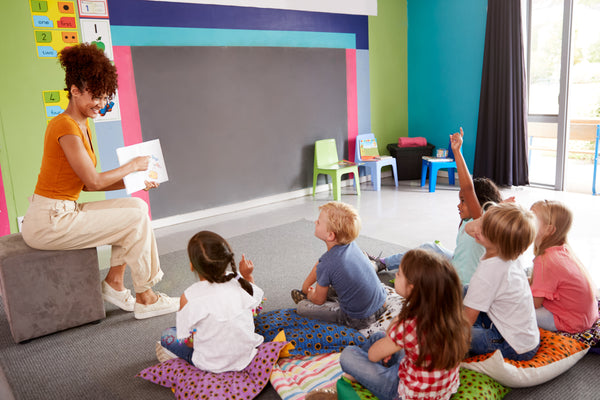

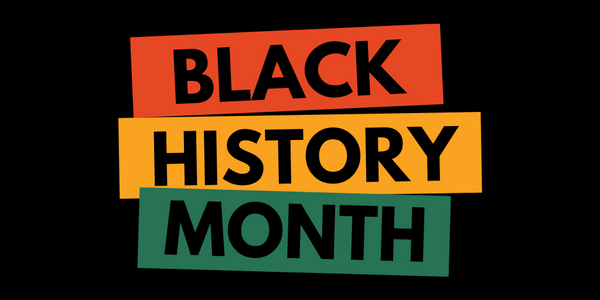
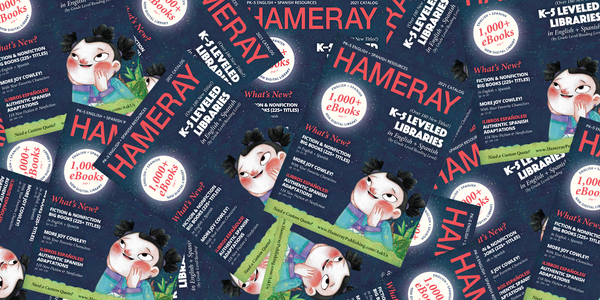
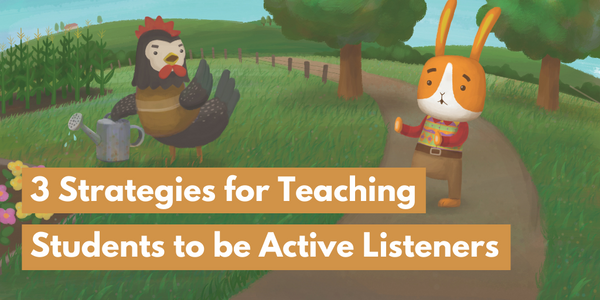
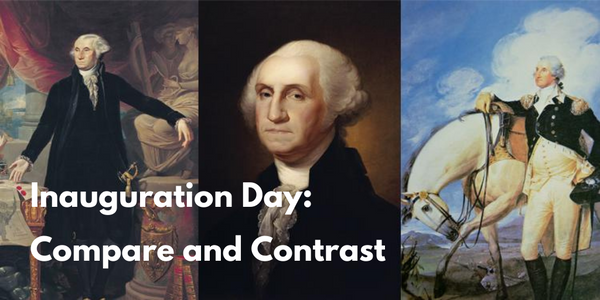
![6 Fun and Easy Activities to Practice Sequencing [Grades K-1]](http://www.hameraypublishing.com/cdn/shop/articles/Red_Typographic_Announcement_Twitter_Post-5_bf1ae163-a998-4503-aa03-555b038d1b76_600x.png?v=1689961568)
![Leveraging Prior Knowledge Before Writing and Reading Practice [Grades 1–2]](http://www.hameraypublishing.com/cdn/shop/articles/Red_Typographic_Announcement_Twitter_Post-4_600x.png?v=1689961965)
